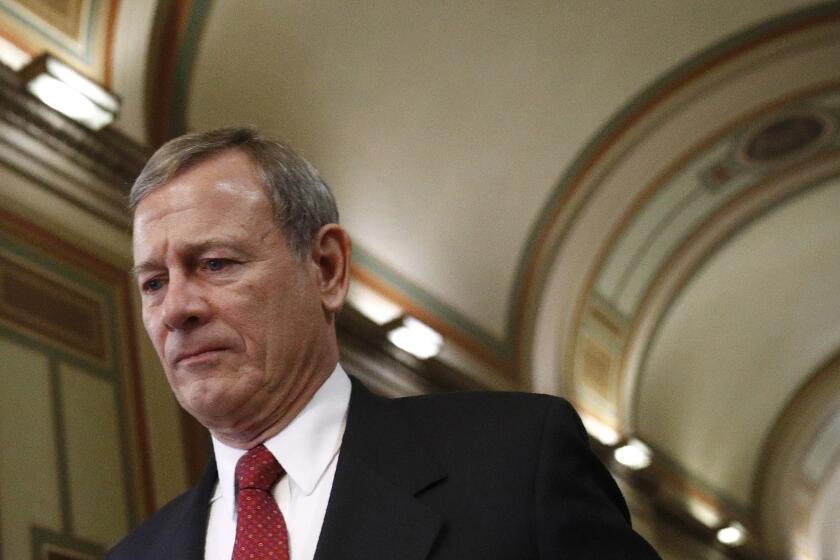In Divided Bosnia, Two-Faced Flags and Three-Way Anthems
- Share via
SARAJEVO, Bosnia-Herzegovina — Which way the wind blows--quite literally--could determine whom Bosnia’s new national flag represents if one proposal from the country’s leaders is accepted.
The Bosnian Serb member of Bosnia-Herzegovina’s three-man presidency wants one side of the flag to contain Bosnian Serb nationalist symbols. The other side may contain symbols of the Muslim-Croat factions that rule the other half of the country.
That oddball suggestion, described by diplomats familiar with the negotiations, underlines the resistance coming from Bosnia’s nationalist leaders as they are pushed to agree on the trappings of a united country.
Many of those involved, especially among the Bosnian Serb and Croat hard-liners, oppose the kind of unified state envisioned in the U.S.-brokered peace accords that ended Bosnia’s war in December 1995. Consequently, they have no interest in agreeing on a shared flag, national anthem, currency or passport.
“These symbols touch at the very heart of their nationalist feelings,” said Carlos Westendorp, the senior international peace coordinator in Bosnia.
The deep divisions show that the vision of Bosnia as a single country is an illusion.
After months of on-again, off-again negotiations, no agreement has been reached on the major symbols.
Even the head-knocking presence of Richard Holbrooke, the former U.S. diplomat brought out of retirement last month to salvage the peace plan he helped draft, failed to produce a common currency.
The resistance carries over into institutions as well, such as the joint presidency, which consists of a Serbian, Croatian and Muslim member; a central bank; a joint parliament; and a civil aviation authority.
Most of these institutions are largely dysfunctional: The presidency frequently cannot meet because one of the members, usually the Serbian member, Momcilo Krajisnik, refuses to attend.
A civil aviation law that would provide for the opening of the first airports outside Sarajevo is ready but has not been signed.
It was Krajisnik who suggested the flag that could be flipped.
He also came up with a compromise on anthems, according to Western mediators. Let Serbs, Muslims and Croats each keep their own national song, he reasoned, then play all three at the appropriate events.
On the currency, the three sides agreed in principle to something called a negotiable mark, a bank note pegged to the German mark.
But they have not agreed on the design. Krajisnik proposed a bill with a large picture of a monastery located in Serbia. That idea outraged the Muslims and Croats and broke the international mediators’ rule against using religious symbols, because the war was fought, in part, on religious grounds. Plus, the monastery is in Yugoslavia, not Bosnia.
In the end, the three ministates of today’s partitioned Bosnia continue to use their own symbols, the ones that served them through the war and stoke the flames of national pride, for good or bad. The Muslims have their blue fleur-de-lis, the Croats their red-checkerboard shield and the Serbs their double-headed eagle with the slogan “Only Unity Will Save the Serbs.”
More to Read
Sign up for Essential California
The most important California stories and recommendations in your inbox every morning.
You may occasionally receive promotional content from the Los Angeles Times.









